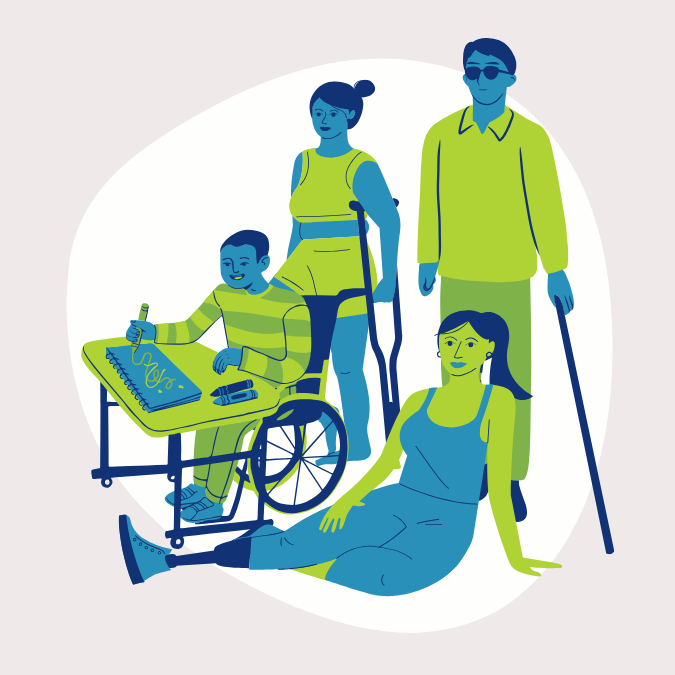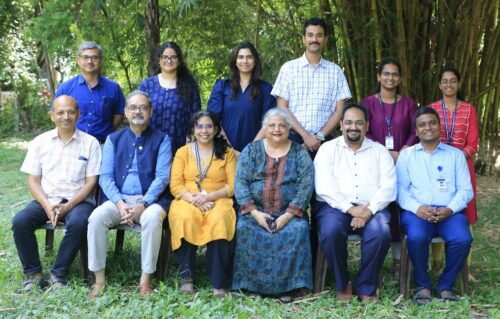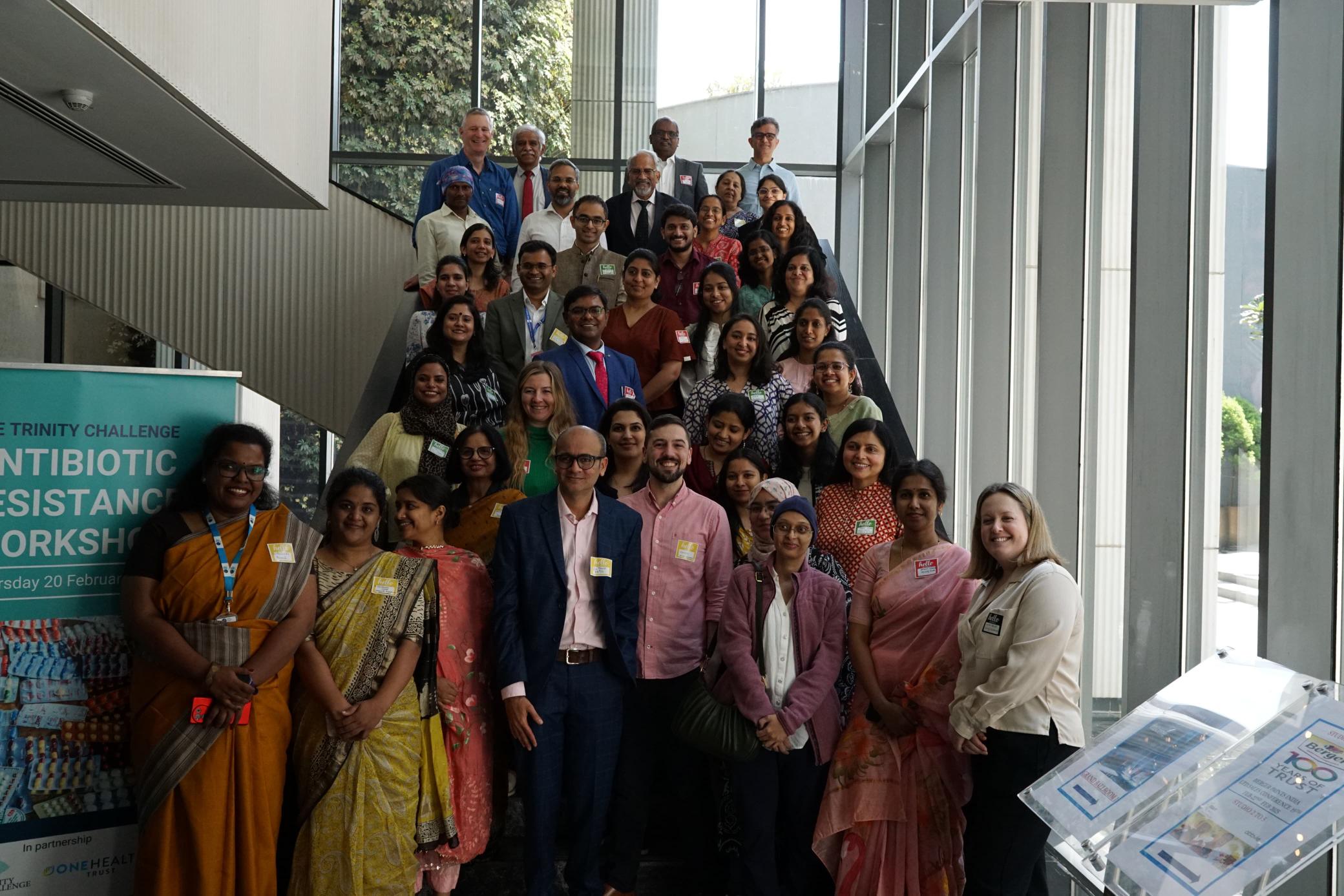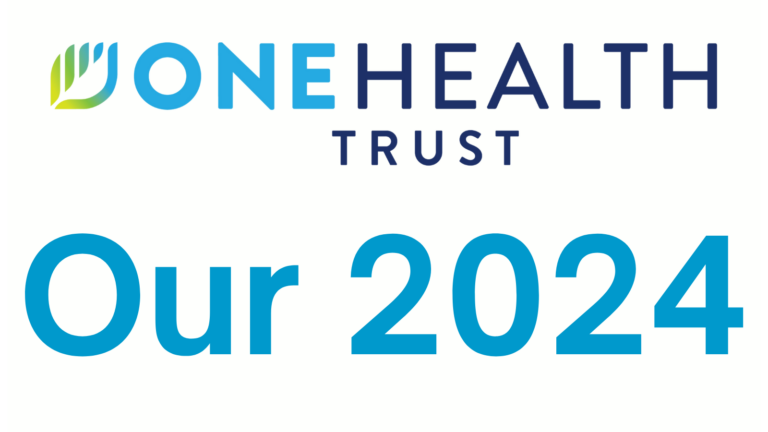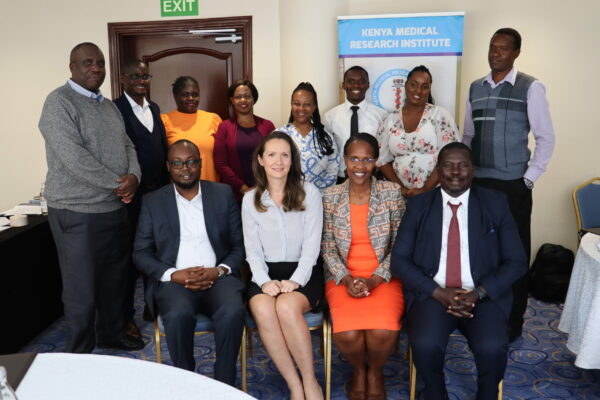November 15, 2016
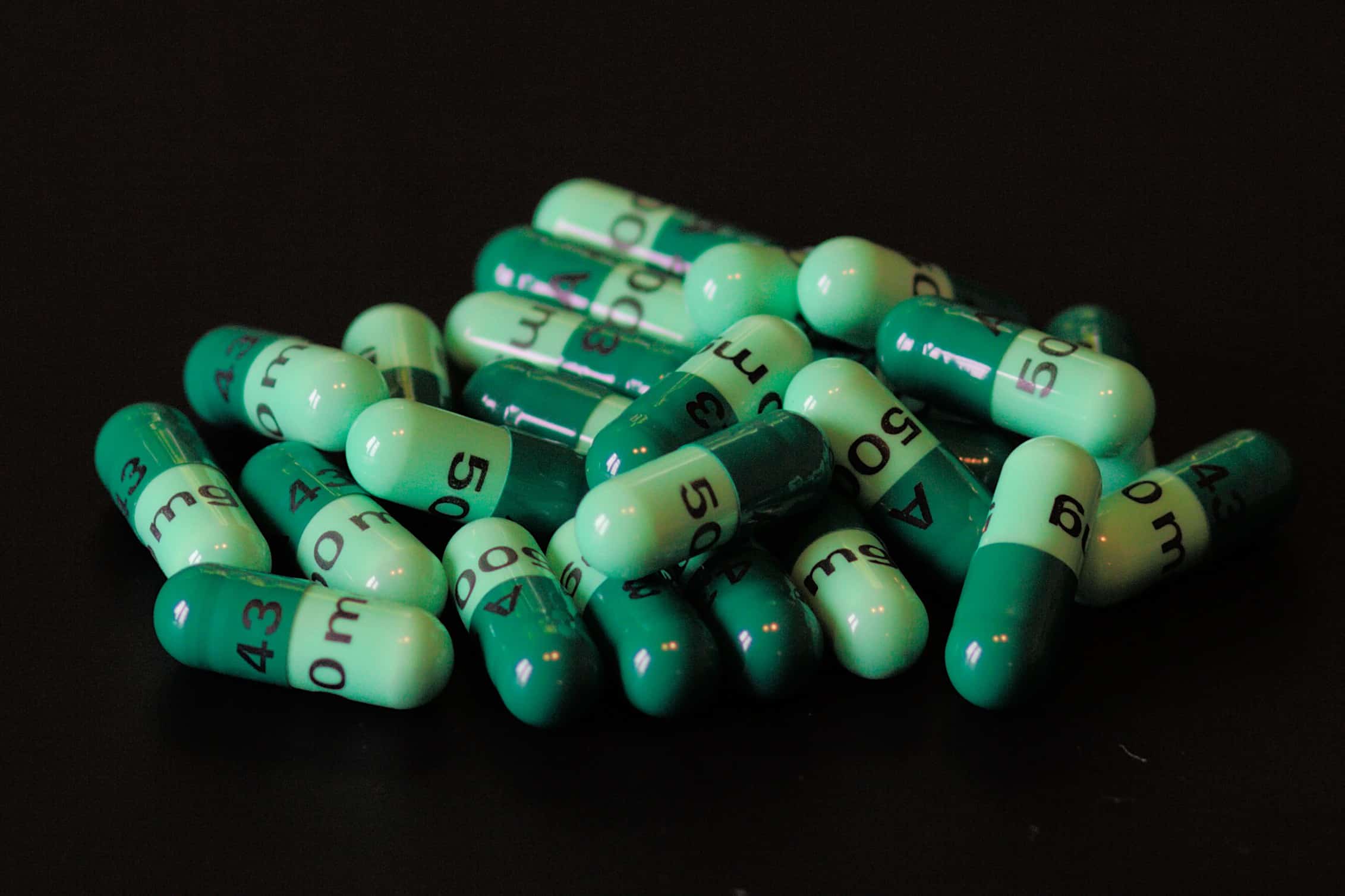
The United Nations-endorsed political declaration of the high-level meeting of the General Assembly on antimicrobial resistance calls for action on both a global and local scale to combat the threat of antimicrobial resistance (AMR). But how will we distinguish progress from stasis?
The newly formed CARA: Conscience of Antimicrobial Resistance Accountability plans to monitor the actions of nations, international organizations, hospitals, corporations and other actors toward the goal of combating AMR by tracking a series of metrics. The indicators will track changes in at least three key areas – human, animal and environmental health – according to the One Health model that applies to AMR.
The UN declaration makes it clear that its goals are global, but AMR is both a global and a local problem. With a few exceptions, most of the tangible changes will take place on national, subnational, local and even facility levels. The challenge is to assemble a set of indicators that are consistent across time and place, reliable, feasible, and – most critically – actually measure whether progress is being made.
The text of the political declaration itself points to potential indicators. One clause reads:
Recognize that the keys to tackling antimicrobial resistance are: the prevention and control of infections in humans and animals, including immunization, monitoring and surveillance of antimicrobial resistance; sanitation, safe and clean water and healthy environments; investing in strong health systems capable of providing universal health coverage; promoting access to existing and new quality safe, efficacious and affordable antimicrobial medicines based, where available, on diagnostic tests;
Some of these indicators are already being measured. The World Bank has tracked health indicators such as percent of population with access to improved sanitation facilities and percent of population with access to an improved water source for up to 25 years in many countries. The WHO Global Health Observatory collates country-level data on immunization rates for diseases key to limiting antimicrobial use, including Haemophilus influenza type b, Rotavirus, and pneumococcal conjugate (PCV) vaccines. These are a solid start for metrics in the critical area of reducing the need for antimicrobials.
Other indicators of progress are just beginning to emerge, such as in the area of surveillance. The World Health Organization’s Global Antimicrobial Resistance Surveillance System (GLASS), established,in 2015, aims to implement and facilitate standardized antimicrobial resistance surveillance reporting across countries, and collect baseline data for a variety of organism-drug combinations across countries. GLASS is set to collect its first formal data from participating countries from April to July 2017. In May 2015, WHO also urged all member states to develop a National Action Plan to combat AMR by 2017. The development and implementation of these plans can serve as global indicators for national level government commitment to combat the threat of AMR.
Some potentially important indicators are currently very difficult to track. Lack of access and delays in access to antimicrobials in many low- and middle-income countries remains a significant cause of mortality, though quantifying this lack of access remains a challenge. Prevalence of diagnostic use in health facilities, and even access to diagnostics, is an important component of antimicrobial stewardship programs, but this information is not collected in the places where access is poor.
Ultimately, the CARA steering committee will assess a wide variety of possible indicators and narrow them down to those that will most reliably and accurately measure progress on an assortment of critical topics: resistance; antimicrobial use and misuse; infection prevention, including vaccination and water and sanitation; surveillance; policies and guidelines; access to effective antimicrobials; public awareness and education; financing; and drug development incentives.
The time has come to lay down the foundation of accountability for the goals laid out in the UN declaration. And that can start as soon as we decide what the measurements will be.
CARA developments, including the development of indicators, will be reported regularly on the CDDEP blog; check back for updates in the coming months.
Image via Sage Ross (CC BY 3.0)



